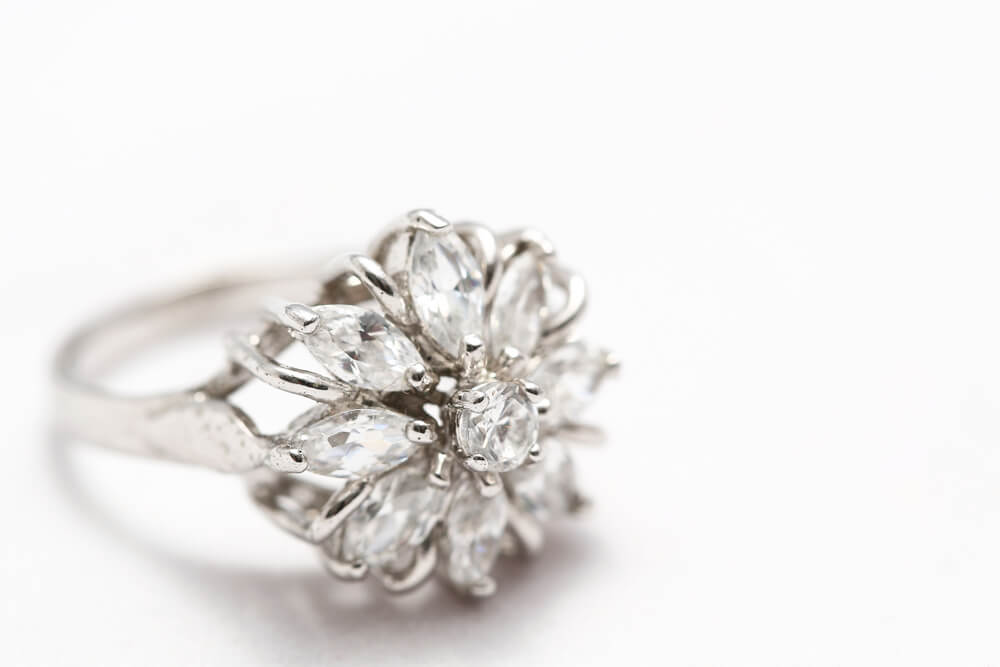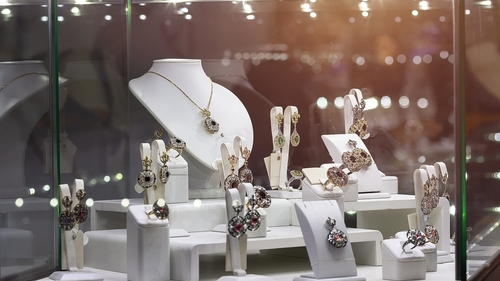Gubelin Gem Lab vs GIA: Which is Better for Your Diamond Engagement Ring?

The unshakeable classics of fine jewelry – the Tiffany setting, the Alhambra of Van Cleef & Arpels’, Cartier’s Love Bracelet – are coveted for their unique and fascinating histories, as much as they are for their ‘face value’. Around the world, the clienteles of the fine jewelry world’s biggest names are consistently drawn to them because of their long backstories, and the unshakeable authority they hold over the industry.
Of all the names we’ve dedicated ‘air space’ to at WillYou.Net, very few feature as long and enthralling a history as The House of Gubelin. While the pieces themselves speak to an old breed of luxury, we were primarily struck by the shortfalls of the brand’s gemological lab, which goes against the grain somewhat…
In this comprehensive review, we’ll explore:
- Gubelin has got an incredible backstory – one that would inspire any jewelry enthusiast – and an enviable status as one of the world’s most revered luxury jewelry houses.
- There’s no denying their allure for elite customers, but there are plenty of things that left us feeling a little underwhelmed by this brand as a destination for diamond engagement rings.
- The Gubelin Gem Lab is an alternative to more traditional gemological labs like the GIA, and we can’t see what benefit that brings to shoppers.
- The GIA remains the frontrunner in terms of offering transparency and clarity to first-time shoppers, and we can’t think of any reason to switch from them to another lab, no matter how rich their history.
The Brand
The story of Gubelin began in 1854, with the opening of a modest watchmaker’s shop in Lucerne, Switzerland. At the time, the store was operated under a different name but, through marriage, Eduard Jakob Gubelin joined the business.
Since then, and for almost 170 years, the House of Gubelin has earned its reputation through a devotion to perfection, precision, and attention to detail. Their work was, and remains, exquisite, and the name spread across the city until the family settled within an impressing building overlooking the waterfront and historic Chapel Bridge, which is where they remain to this day.
Over the years, they opened more locations across Switzerland, then overseas – a salon in Hong Kong, another in Kuala Lumpa, and then, more recently, a gemological lab in New York. To this day, control of the business remains within the Gubelin family. Their watches and jewelry are highly respected among royalty, and other elite clients.
The Lab
In 1923, the Gubelin Gem Lab was established in order to offer gemological reports to their clients on a range of gemstones, including their diamonds. At the time, there was very little consistency or information offered to customers looking to invest in precious gems. The GIA – now considered around the world to be the foremost gemological lab, offering invaluable reports to vendors and shoppers – had not yet been established, and wouldn’t revolutionize diamond certification for the better part of a decade.
On its website, which is kept separate from Gubelin’s main site – presumably as demonstration of its independence from the retail side of the brand – the Gubelin Gemological Lab write that their gemological reports are trusted by royalty, jewelers, traders, collectors, and auctioneers.
For the most part, however, the Gubelin Gem Lab is significantly less ‘known’ than a long list of other gemological labs. While it provides reports on diamonds, it’s better known for its work with colored gemstones and pearls, and tends to ‘keep itself to itself’, for the most part. For shoppers taking the traditional route, it’s pretty uncommon to come across a diamond graded by Gubelin’s gemological lab.
Whether you’re seeking a GIA-certified diamond or considering an alternative lab like Gubelin’s, it’s always wise to do research and explore options at a jewelry shop close to you to compare quality and services.
Our Issues
You don’t have to spend much time on our site to know that, when it comes to diamond grading and certification, there are very few labs we regard highly enough to recommend to our readers. For the most part, our issues with other labs come down to inconsistencies or a lack of neutrality.
Some labs, like the IGI, tend to offer far greater benefit to the vendor, rather than the customer, as they take a loose approach to grading that often allows vendors to charge more (based on what’s printed in the report) than the actual diamond itself is really worth.
This isn’t necessarily the case with the Gubelin, although we’re always reluctant to encourage readers toward jewelers that use their own gemological lab to grade their diamonds and gemstones. This is not something that is limited to the world of luxury jewelers, although it is more common, based on what we’ve seen and reviewed in the past. Tiffany & Co., for instance, elect to grade all of their diamonds in-house, rather than relying on an independent and trusted lab like the IGA.
The GIA, or Gemological Institute of America, is used far more widely. It is trusted by shoppers, vendors, collectors, and gemologists around the world, and totally revolutionized the ways in which diamond quality is identified, conveyed to customers, and valued in jewelry stores across the globe. During their creation, shoppers were struggling to comprehend factors such as clarity, color, and cut quality, and it was only when the GIA created their own methods – the game-changing Four Cs
The only other lab we would recommend to readers is the AGS – or the American Gemological Society. While not quite on a par with the GIA gemological lab in terms of prominence and consistency, it still offers a strong level of reassurance to shoppers who do not want to invest in a level of quality that isn’t really there.
Our Summary
Diamond certification is one of the most important things shoppers will become aware of as they prepare to invest for themselves – although it may not seem that way at first, particularly if your budget allows you to look at some of the higher-end, luxury brands with a great reputation and long history behind them.
But certification is vital whether your budget limits you to the smaller stores, or to the very biggest names in the business. It’s your guarantee that the visible and almost imperceptible (especially to non-experts) features of your diamond are there, and that you’re not paying hundreds, thousands, or even tens of thousands of dollars more than you should be.
Diamonds are always expensive investments, and there is no use in leaving yourself in the dark. The GIA’s influence over the diamond world means that you will never run out of options accompanied by a report from this respected laboratory, and we can’t see any reason to encourage shoppers to focus their search on any other lab.
One of the biggest reasons why certification is so important comes down to consistency. The greatest consistency will always be felt when shoppers stick to one lab – and, provided it represents a totally neutral entity, it will always prove useful.
Note:
The insights provided in this review are drawn from publicly available data, customer reviews, and expert analysis. Our goal is to offer a balanced perspective to help buyers make informed decisions.
This site is not affiliated with or endorsed by Gubelin Switzerland. All information is based on publicly available data and independent evaluations. Logos and trademarks belong to their respective owners and are used for informational purposes only.
Readers are encouraged to verify all details with the company directly before making a purchase.

















